Library
-
Picky eaters are often created by their humans offering too much variety of food. Cats can become picky eaters for medical reasons that need to be determined by your veterinarian. It is safe for an otherwise healthy cat to not eat for a few days; beyond this however, they can develop a possibly fatal condition called hepatic lipidosis. To decrease pickiness, having food available for only 30 minutes4-5 times a day can be beneficial. Human food should not be used as a diet as it will lead to nutrient deficiencies. Certain foods are okay to mix with cat food to make them more appealing but check with veterinarian before including these in your dog’s diet. Many cats work on their own schedule and prefer to eat very small amounts frequently (grazing).
-
Picky eaters are often created by their humans offering too much variety of food. It is safe for an otherwise healthy dog to not eat for up to a week. To decrease pickiness, having food available for only 15-30 minutes 2-3 times a day can be beneficial. Human food should not be used as a diet as it will lead to nutrient deficiencies. Certain foods are okay to mix with dog food to make them more appealing but check with your veterinarian before including these in your dog’s diet. Many dogs are not programmed to eat every day.
-
Polyps are benign fleshy growths that originate from the cells lining a cat's nasal passages, leading to a variety of clinical signs such as sneezing, difficulty breathing, and recurrent ear infections. The various diagnostic tools and treatment approaches are explained in this handout.
-
Nasal tumors are an uncommon type of cancer but when they do occur, they tend to be malignant and locally aggressive. Staging can be done to determine the type of cancer and if it has affected anywhere else in the body. Treatment can be done in some cases to help relieve clinical signs, most often with radiation therapy.
-
Nasopharyngeal polyps are benign idiopathic masses originating from the middle ear that extend either down the eustachian tube or into the external ear. They can cause stertor, nasal discharge, otitis, otic discharge and head tilt. Diagnosis may involve visualization through otoscopic exam or behind the soft palate, but usually needs radiographic evidence or more advanced imaging such as CT or MRI. Treatment involves debulking the mass through traction which has a high rate of recurrence, or more advanced surgery into the bulla to remove the source of the polyp.
-
Neuroendocrine tumors are a group of tumors that develop from the cells of the neuroendocrine system, and include insulinomas, gastrinomas, glucagonomas, carcinoids, medullary thyroid carcinomas, small-cell lung carcinomas, pheochromocytomas, chemodectomas, and Merkel cell carcinomas. Some of these tumors are functional, while others are non-functional. The signs of disease in dogs and cats depend on the type of growth, location of the tumor, its size, the degree of infiltration in the surrounding tissues, whether it has metastasized, and whether it is functional. A definitive diagnosis requires tissue biopsy and histopathology, often with histochemical staining and electron microscopy. Staging is highly recommended for these tumors. Treatment may involve surgery, chemotherapy, radiation therapy, and medical and dietary management.
-
Nose Bleeds (Epistaxis) in cats can be extremely unsettling for the pet owner. Most acute (sudden) nosebleeds are caused by simple trauma or by upper respiratory tract infections. This handout discusses nosebleeds in cats, the various causes of this condition, first aid recommendations and possible testing to find the root cause of the problem.
-
Nose Bleeds (Epistaxis) in dogs can be extremely unsettling for the pet owner. Most acute (sudden) nosebleeds are caused by simple trauma or by upper respiratory tract infections. This handout discusses nosebleeds in dogs, the various causes of this condition, first aid recommendations and possible testing to find the root cause of the problem.
-
A nutraceutical is a food or food product that reportedly provides health and/or medical benefits. In addition to diet modifications, exercise, weight loss, and medications, joint support nutraceuticals are also helpful in an osteoarthritis management program. Nutraceuticals are not subjected to the same testing and regulation as pharmaceuticals. Your veterinarian can advise you on products that have been evaluated and have yielded positive effects.
-
A nutraceutical is a food or food product that reportedly provides health and medical benefits. Specific nutraceuticals are commonly used in the management of osteoarthritis in dogs. Because nutraceuticals are not subjected to the same testing and regulation as pharmaceuticals, it is always best to consult your veterinarian before giving any to your dog.

